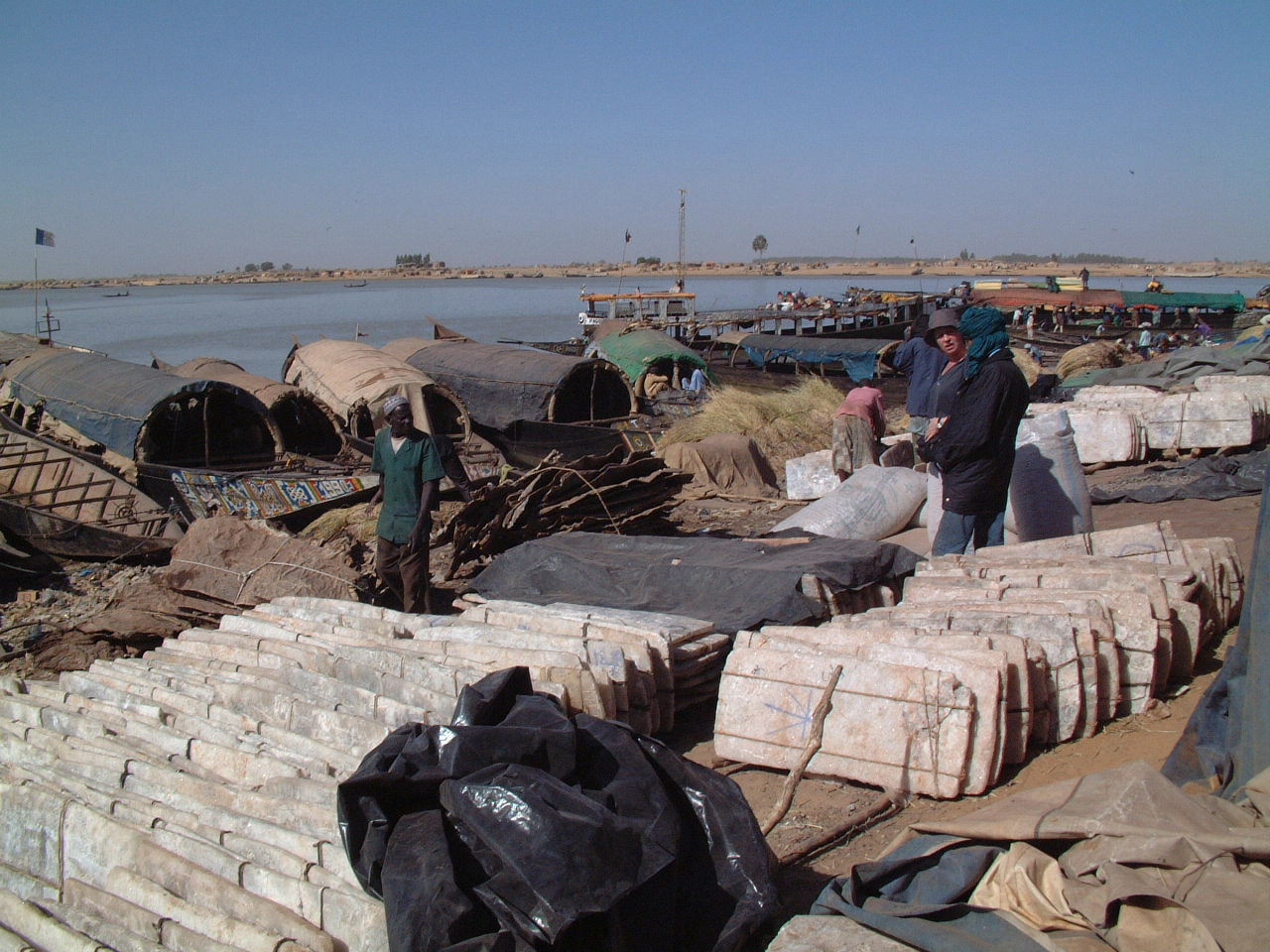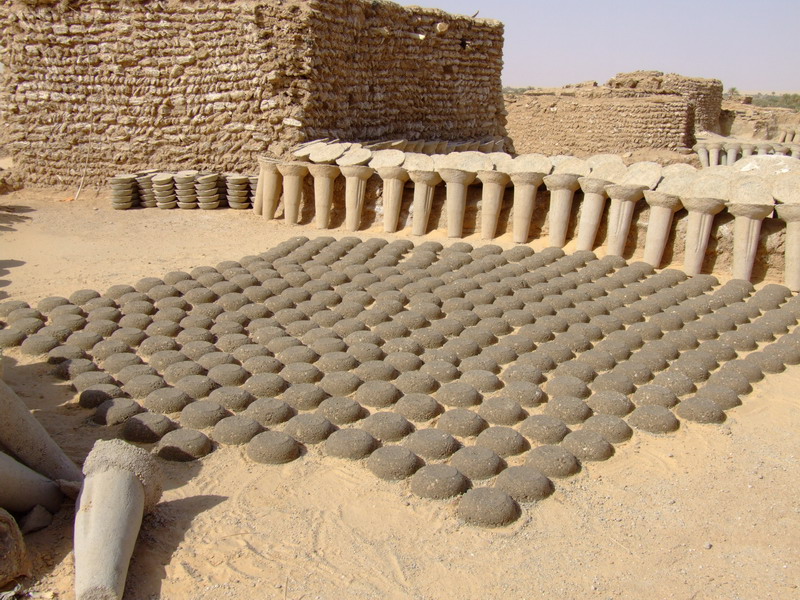Azalai on:
[Wikipedia]
[Google]
[Amazon]


 The Azalai (
The Azalai (


 The Azalai (
The Azalai (Tamasheq
Tamashek or Tamasheq is a variety of Tuareg, a Berber macro-language widely spoken by nomadic tribes across North Africa in Algeria, Mali, Niger, and Burkina Faso. Tamasheq is one of the three main varieties of Tuareg, the others being Ta ...
, var. Azalay) is a semi-annual salt
Salt is a mineral composed primarily of sodium chloride (NaCl), a chemical compound belonging to the larger class of salts; salt in the form of a natural crystalline mineral is known as rock salt or halite. Salt is present in vast quant ...
caravan route practiced by Tuareg traders in the Sahara desert between Timbuktu
Timbuktu ( ; french: Tombouctou;
Koyra Chiini: ); tmh, label=Tuareg, script=Tfng, ⵜⵏⴱⴾⵜ, Tin Buqt a city in Mali, situated north of the Niger River. The town is the capital of the Tombouctou Region, one of the eight administrativ ...
and the Taoudenni salt mine in Mali
Mali (; ), officially the Republic of Mali,, , ff, 𞤈𞤫𞤲𞥆𞤣𞤢𞥄𞤲𞤣𞤭 𞤃𞤢𞥄𞤤𞤭, Renndaandi Maali, italics=no, ar, جمهورية مالي, Jumhūriyyāt Mālī is a landlocked country in West Africa. Mal ...
, or the act of traveling with a caravan along that route.
The other major West African salt caravan route, heading from around Agadez
Agadez ( Air Tamajeq: ⴰⴶⴰⴷⴰⵣ, ''Agadaz''), formerly spelled Agadès, is the fifth largest city in Niger, with a population of 110,497 based on the 2012 census. The capital of Agadez Region, it lies in the Sahara desert, and is also ...
to Fachi and Bilma
Bilma is an oasis town and commune in north east Niger with, as of the 2012 census, a total population of 4,016 people.
It lies protected from the desert dunes under the Kaouar Cliffs and is the largest town along the Kaouar escarpment. It ...
in Niger
)
, official_languages =
, languages_type = National languagesHausa language).
The two are among the last caravan routes in the Sahara that are still in use. Both caravans have largely been replaced by unpaved truck routes.
 The Agadez-Bilma route, passing through the
The Agadez-Bilma route, passing through the
Timbuktu-Taoudenni
At one time the caravan route from Timbuktu extended through Taoudenni to Taghaza, another salt-mining site, and on to the lands north of the Sahara on the Mediterranean Sea. Caravans with up to 10,000 camels carried gold and slaves north, returning with manufactured goods and salt from Taghaza and Taoudenni. Until the 1940s, the Taoudenni caravans were made up of thousands of camels, departing Timbuktu at the beginning of the cool season in November, with a smaller caravan departing Timbuktu at the beginning of the hot season in March. After the Azalai reaches Timbuktu, the rock salt it is taken by boat to Mopti and further on to other Sahel and Sudanian markets.Agadez-Bilma
Ténéré
The Ténéré ( Tuareg: Tenere, literally: "desert") is a desert region in the south central Sahara. It comprises a vast plain of sand stretching from northeastern Niger into western Chad, occupying an area of over . The Ténéré's boundaries ...
desert and the oasis town of Fachi, takes around three weeks to complete (both ways). It is traditionally a twice yearly caravan from the capital of the Aïr region to the natron
Natron is a naturally occurring mixture of sodium carbonate decahydrate ( Na2CO3·10H2O, a kind of soda ash) and around 17% sodium bicarbonate (also called baking soda, NaHCO3) along with small quantities of sodium chloride and sodium sulfate. ...
salt pans along the string of oases formed by the Kaouar cliffs. Food and supplies were carried from Agadez each November and March and traded for bricks of salt, condensed in the natron pits of oasis towns, and to a lesser extent, dates and vegetables. The salt was then generally traded for animal use in the Hausaland regions to the south.
The Agadez-Bilma Taghlamt was historically a monopoly of the Tuareg, and successively the Kel Gress, Kel Owey and Kel Ayr confederations in particular. Many Tuareg traders owned the salt pits and date plantations in Kaouar, as well as holding bonded laborers there, and traveled the caravan to administer their property. The Tuareg Taghlamt, numbering 10,000 camels and stretching 25 km at the beginning of the colonial period, is led by the representative of the Amenokal (confederation leader), followed by each sub group.
Pre-colonial history
The Camel was introduced into the Sahara in the late first millennium, and Tuareg tribes moved south into the region in the 13th century. In the 18th century, Tuareg confederations captured the Kaouar oases from the Kanem-Bornu Empire and began transporting goods from Agadez.Colonial and post-colonial history
The disruptions of the French colonial expansion in the first years of the 20th century led to inter clan rivalries, and later, the rise of mechanised traffic. In 1904, Ouled Sliman raiders from what is now Chad destroyed the caravan at Bilma, and again in 1906 at Fachi. The French reported that the 1906 caravan numbered 20,000 camels. Following the Kaocen revolt, no Taghlamt traveled the route until 1925, and then it was accompanied by French colonial forces. By 1948, the caravans had shrunk to 8000 camels, and continued to shrink thereafter. The northern road route, marked by the Tree of Ténéré, has supplanted most camel trains, but small Taghlamt trains continue to head out each November.See also
*Trans-Saharan trade
Trans-Saharan trade requires travel across the Sahara between sub-Saharan Africa and North Africa. While existing from prehistoric times, the peak of trade extended from the 8th century until the early 17th century.
The Sahara once had a very d ...
Notes
References
* * *Further reading
*{{cite book , last=Benanav , first=Michael , year=2006 , title=Men of Salt: Crossing the Sahara on the Caravan of White Gold , publisher=The Lyons Press , isbn=1-59228-772-7 , url-access=registration , url=https://archive.org/details/menofsaltcrossin00bena Berber words and phrases Economy of Mali Economy of Niger History of Mali History of Niger Trade routes Transport in Mali Transport in Niger Sahara Tuareg